Monetary policy in bankrupt SL economy - Who benefits? General public or wholesale money dealers?
This article is an update of the series released in this blog on the subject of CB's monetary policy operations to cover first 11 months of 2023.
The article provides highlights on money printing operations and resulting money market outcomes with the help of a graphical presentation. These highlights cover only domestic monetary operations as CB's foreign currency or the exchange rate policy has not been communicated yet. However, its foreign currency operations will be captured in domestic monetary operations because they are designed to neutralize the impact of foreign currency operations on the domestic currency liquidity at levels desirable to the CB.
The article raises concerns over the appropriateness of the present monetary policy model to recover the economy from the bankruptcy caused by the monetary policy itself.
Meaning of Monetary Operations in Sri Lanka
Monetary operations are the price (interest rate) and quantity (money printing) control-based financial operations of the CB. They are carried out on a daily basis to influence the supply of reserves (or central bank money) and interest rates in the inter-bank market. As the CB does not confront any competition in its production or printing of money with negligible cost of production, it can control both price and quantity as it prefers.
These are called monetary operations as they are involved in changes in reserves available in the banking system. In a fractional reserve system, banks demand for reserves as a part of their liquidity management for the settlement of inter-bank payments involved in creation of credit and deposits in book entries.
The main monetary operation instruments used in 2023 so far are listed below.
- Policy interest rates (SDFR and SLFR) are the key monetary prices. This is the policy rates corridor that is expected to limit the variability of overnight inter-bank interest rates. These are the prices charged on printing of money from the air in computers at zero variable cost.
- Standing facilities, reverse repo lending and direct/primary purchase of Treasury bills are the major printing operations. As they change the supply of reserves, the CB can manipulate their prices/interest rates with the hope of influencing inter-bank interest rates.
- Statutory Reserve Ratio (SRR) is the regulatory instrument used to affect usable reserves of banks and thereby inter-bank interest rates.
Monetary Operation Highlights in 2023 so far
- Policy interest rates
Policy interest rates were raised by 1% to 15.5%-16.5% in March and then reduced four times in total of 6.5% to 9%-10% so far from the end of May. The Monetary Policy Board (MPB) at the last meeting held on 23 November has signaled a pause in the rates cut cycle in view of the space available for market interest rates to decline further.
- Standing facilities
These are overnight facilities provided to keep the variability of overnight inter-bank interest rates within the policy rates corridor. However, the CB has capped these facilities from mid-January in violation of the fixed rates corridor-based policy model.
Caps are the restriction on the deposit facility (SDF) to five times/days a month and the lending facility (SLF) to 90% of the SRR. This is nothing but rationing of supply at controlled prices. Therefore, standing facilities have failed to serve their job. As such, the facilities window has been highly irregular and dormant to show any meaningful purpose.
- Reverse repos
As standing facilities have been unreasonably restricted, the CB has been abundantly using reverse repos to supply reserves to the banking system to serve the job of policy interest rates. In this regard, both overnight and term reverse repos up to a term around 89 days have been offered whereas three auctions have been conducted in some days.
Given the role of policy interest rates and standing facilities to target the overnight inter-bank rates, how reverse repos is used to play the same role is highly questionable, especially the criteria and rationale used to offer various reverse repos (from overnight to 89 days) and to determine their rates.
For example, the offer of overnight reverse repo rates well below the SLFR despite both facilities are on same terms cannot be explained in economics or finance. As a result, banks have pocketed a profit margin of 40-95 basis points (55 basis points on average) on overnight reverse repos at a loss to public funds. Total overnight reverse repos being Rs. 6,772 bn so far, the loss is around Rs. 10 bn. Further, overnight reverse repo rates are lower than call money rates too in contrast to market repo rates prevailing above call money rates.
- SRR
- Purchase of Treasury bills
It is noted that, if not for this money printing, the economy might have gone back to barter system due to non-availability of monetary reserves in the economy because the CB has no safer clientele for lending in such magnitudes in the present monetary system. Therefore, the CB has to find a new mechanism to supply reserves to banks and the economy when these restructured Treasury bills and bonds mounting to Rs. 2,713 bn mature from 2024 through 2038 unless the new CB legislation is amended to permit lending to the government in line with monetary principles followed by other central banks including central banks in developed countries. Therefore, political authorities have to assess future macroeconomic risks underlying the new CB legislation before the second round of the present economic crisis touches down, given chronic issues confronted in present recovery efforts.
- Overall money printing/reserve supply
Overall position of reserve supply operations through standing facilities and trade of government securities (reverse repos and outright sale) has been highly volatile. Up to September, this mode of reserve supply operation has been limited due to abundant supply of reserves through direct purchase of Treasury bills. Therefore, the CB has to expand this operation as the option of lending to the government has been severely restricted by new legislation and IMF.
Reserve supply operations do not tally the policy rates story. For example, rate cutting cycle has to go with rising supply of reserves to drive market interest rates lower. However, data show a contradiction as the CB has absorbed reserves on overnight basis while the supply of reserves on outstanding/accumulated basis also has declined significantly.
Money Market Outcomes
This section attempts to figure out whether monetary operations as presented above have led to results in money markets as envisaged in the monetary policy.
- Inter-bank market (Call money and overnight repos)
The low activity in the inter-bank market is a reflection of weak lending conditions in the economy due to the rising bed of non-performing loans and severe macroeconomic contraction. The low inter-bank market activity also indicates the ineffectiveness of the present monetary policy model that targets the inter-bank market for so-called policy transmission across the economy.
- Treasury bill market
Treasury bill market has been the clear victim of the monetary policy as it is the main conduit used by the CB to supply reserve while controlling yield rates in line with monetary policy requirements. This is due to the high magnitude and activity of the this market as compared to the low key of the inter-bank market which is the CB's official operating target of the monetary policy. Therefore, the de-facto operating target in the monetary policy has been the Treasury bill market. This has not only hampered the financial development and inclusion but also prevented the fiscal discipline pushing the government eventually to default and bankruptcy.
It is clearly evident how the CB manages public auctions to manipulate yield rates to support monetary policy cycles. The yield rates significantly pushed above the policy interest rates during the monetary tightening cycle where they are kept inflated or flat during the easing cycle have no valid monetary policy story other than monetary insider acts. The acceptance of bids well beyond the amounts announced for auctions and post-auction placement window also push yield rates up unnecessarily. As a result, the cost to the government due to manipulated yield rates is seen largely instrumental in the present plight of the unsustainability of both debt and tax.
Concerns and Recommendations
- Highlights presented above raise the question as to who benefits from the present model of monetary operations and what its role is for the bankrupt economy. The story of inflation control by the monetary policy was not covered in the article as it is only a fictitious and tribal economic concept not proved by real world data in any country. If central banks were capable of controlling inflation as enumerated, the world should not have got into three-decades high and persistent inflationary pressures since the beginning of 2022. The short analysis above shows that monetary policy in Sri Lanka is nothing more than a day job of a set of CB bureaucrats subject to several governance concerns.
- The only benefit of the present monetary policy is the supply of reserves to wholesale money dealers through reverse repo auctions arranged to cover up lapses in their liquidity management in the guise of banking/financial stability. Instead, the stability has to come from business models and fundamentals. That is why banks confront contagious panics from time to time in front of central banks despite their prudent monetary and supervisory policies.
- In modern monetary economies, macroeconomic recovery and sustainability are possible only through a wider credit insurance and distribution-based monetary policy model as evident from all developed countries in their historic development path. Therefore, Sri Lanka cannot expect any trickle down effects from the money dealer-based supply of reserves for the recovery from the bankruptcy. Its only outcome will be further concentration of reaming economic benefits among those who are blessed with low-risk credit created by banks while pushing the majority of the public into poverty.
- It is habitual nowadays that many national leaders and economists try to plant various stories of macroeconomic recovery and prosperity models. However, nobody reveals or proposes how those models are financed as they don't bring own funds for the purpose. I felt strange that the government has allocated Rs. 50 bn in 2024 national budget for SME credit while the CB who is responsible for the management of the monetary/credit creation side of the economy for development and resolution of national financial crises looks away as it is none of its business. The biggest budget joke is the envisaged creation of Rs 250 bn of finance space through this 50 bn. Therefore, nobody seems to understand the urgent need for reform to credit creation system to be in line with modern monetary and supply side economics. Instead, every body talks about more and more laws and regulations to help recovery from the bankruptcy because they even don't have any idea of how laws and regulations suppress markets and hamper the recovery.
(This article is released in the interest of participating in the professional dialogue to find out solutions to present economic crisis confronted by the general public consequent to the global Corona pandemic, subsequent economic disruptions and shocks both local and global and policy failures.)
P Samarasiri
Former Deputy Governor, Central Bank of Sri Lanka


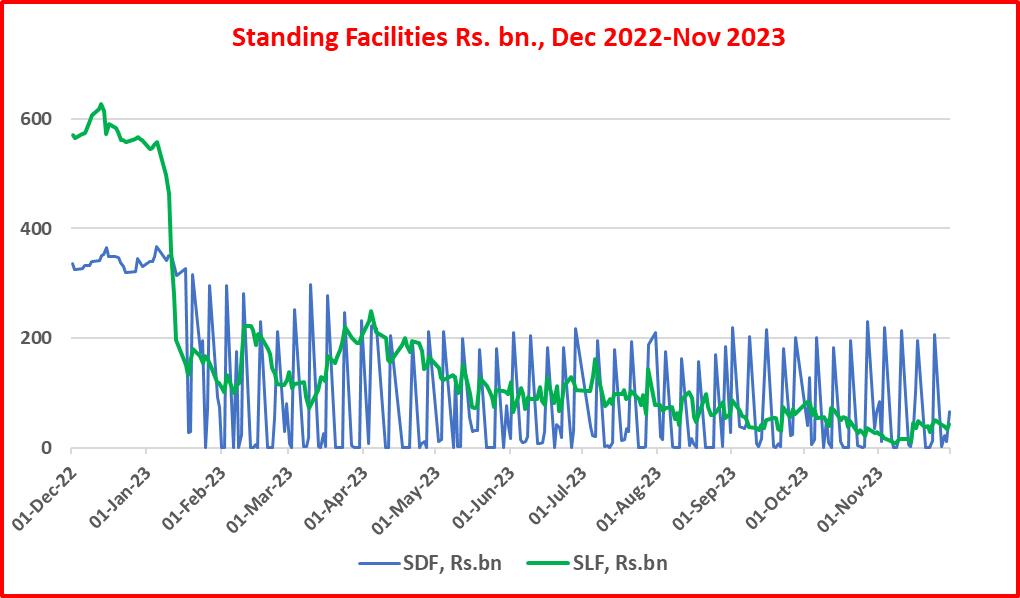
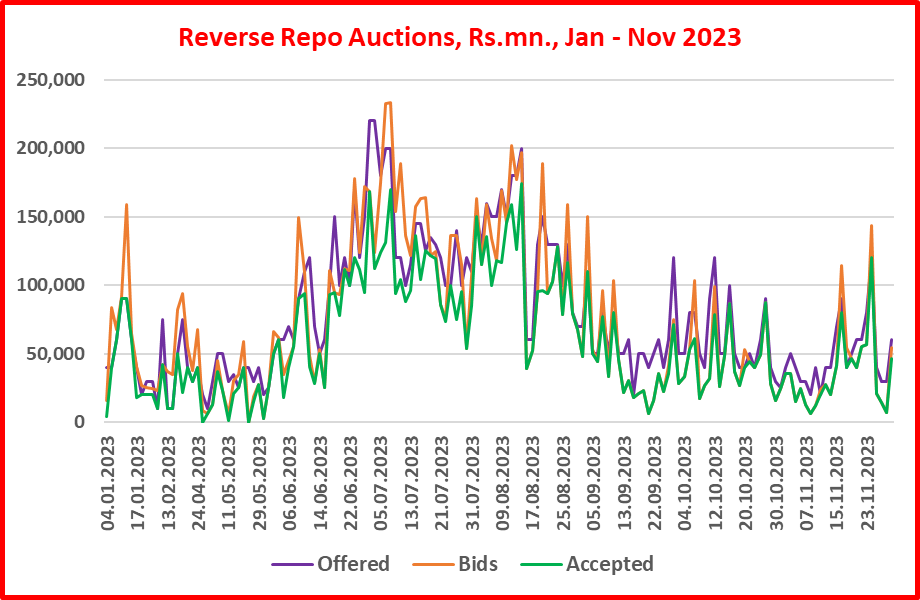
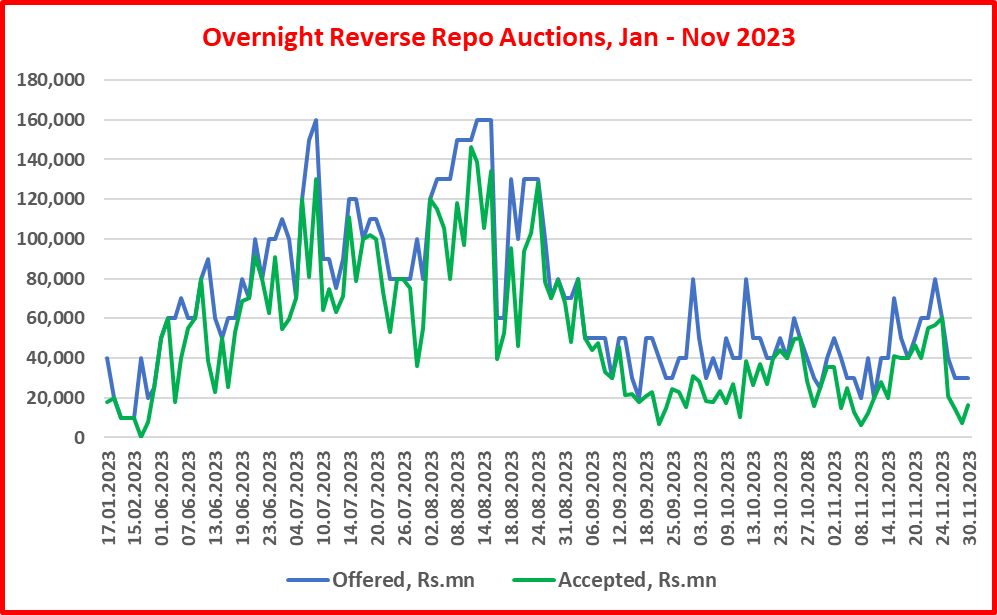





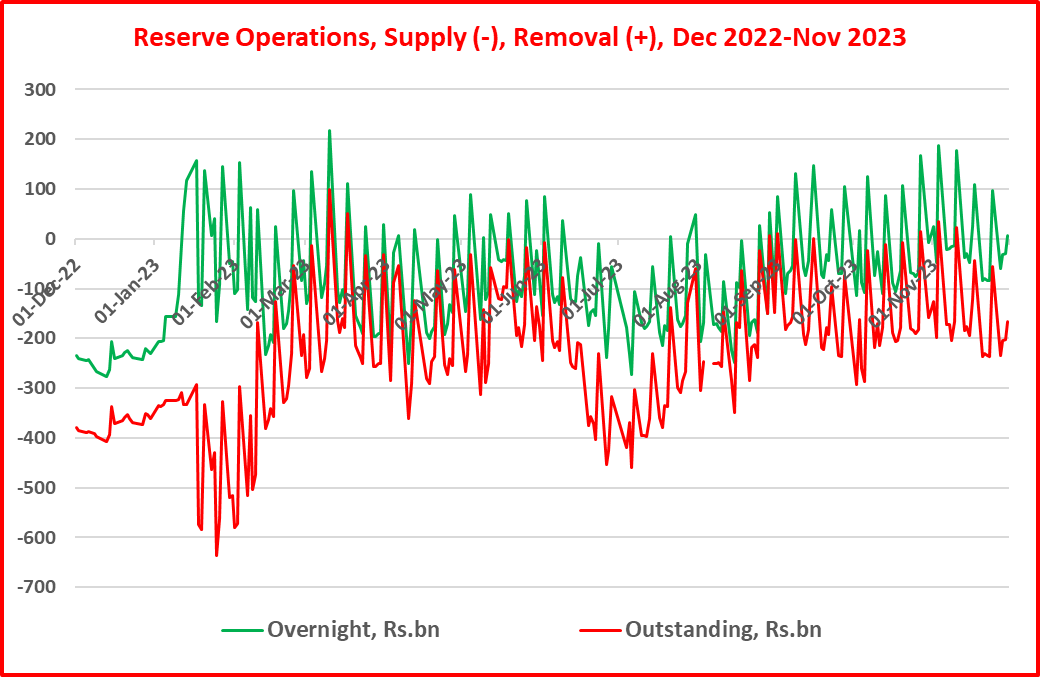
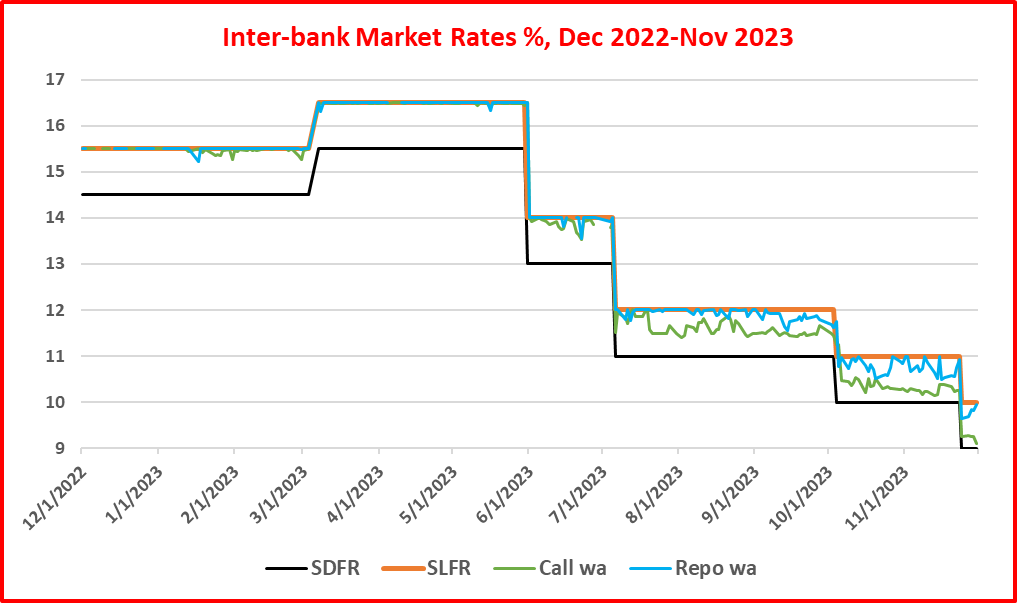



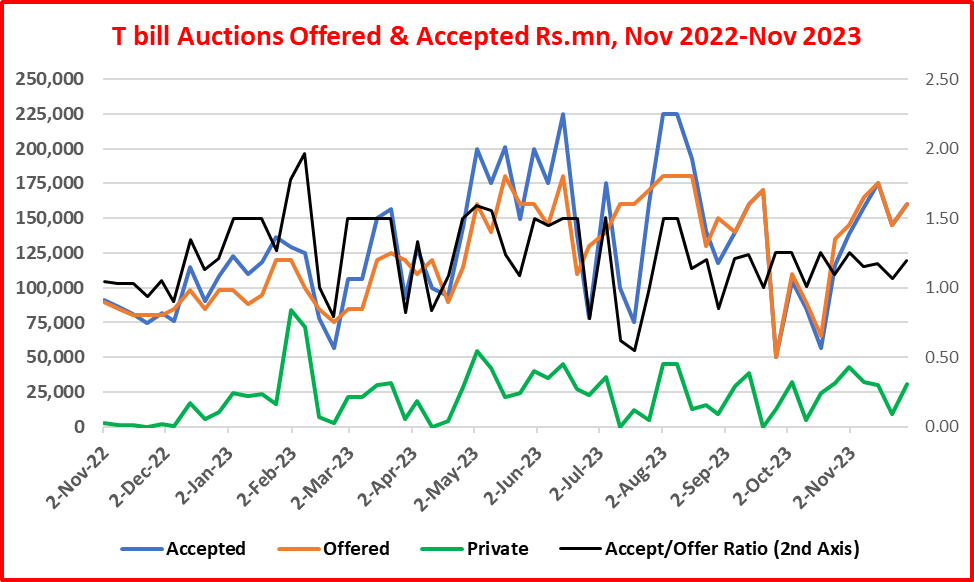



Comments
Post a Comment